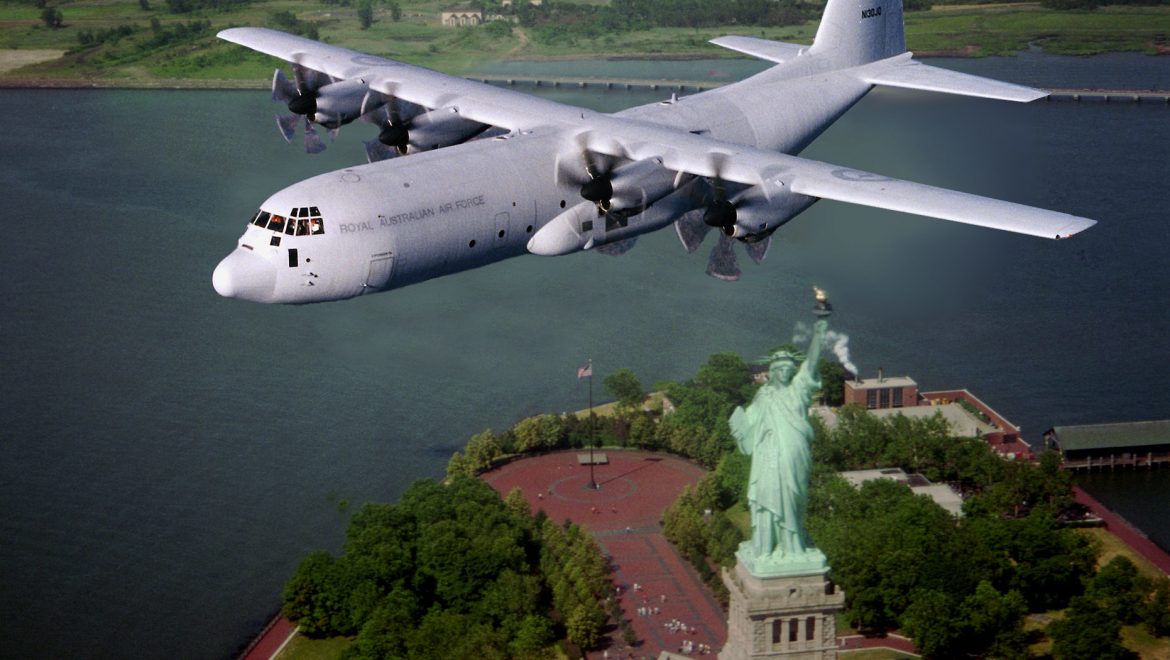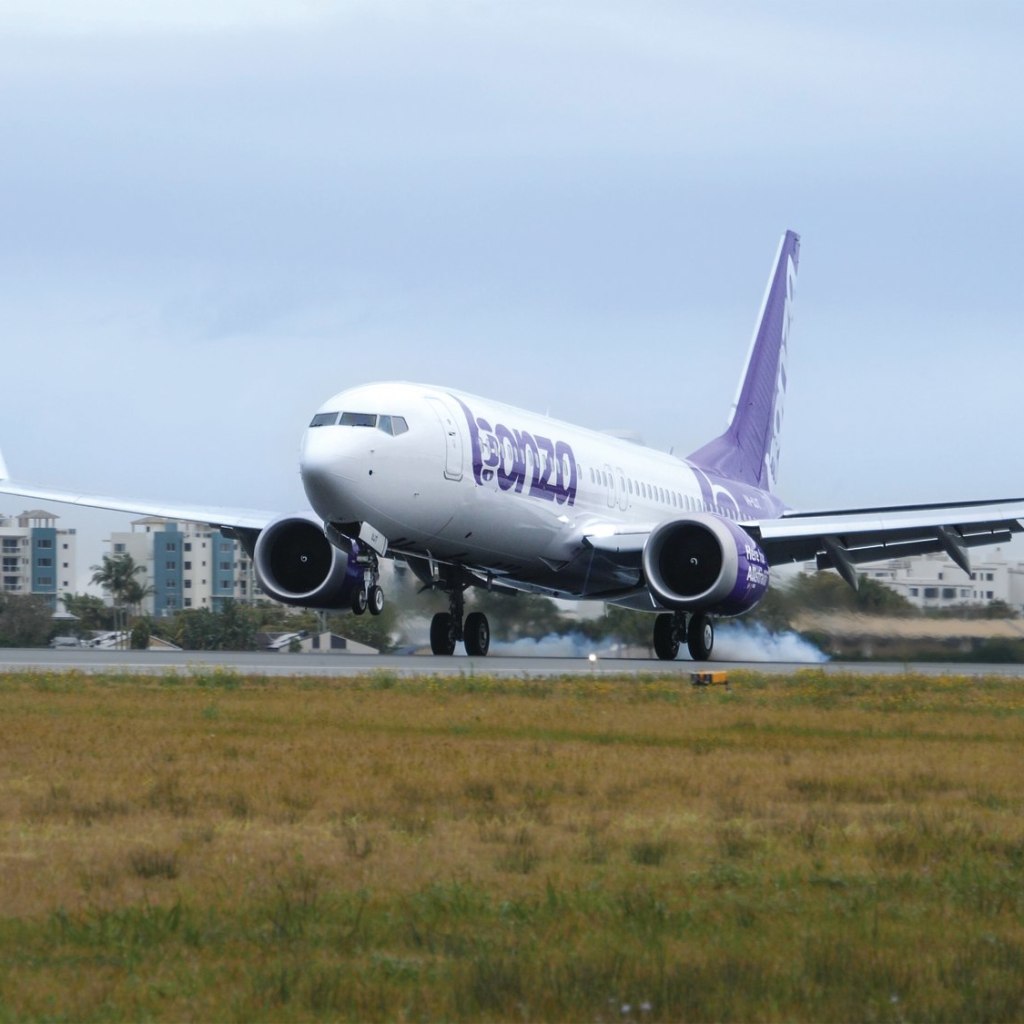How the Hercules became the RAAF’s most enduring aircraft
In November last year, the Department of Defence did something that really should have been quite controversial. It announced that Australia was committed to “replacing and expanding” its fleet of C-130J Hercules with a new fleet of C-130J Hercules. There was to be no bidding process, no tender and no discussion with other aircraft manufacturers or prime contractors on alternative options.
“Defence has identified that the new C-130J aircraft represents the only option that meets all of Australia’s capability requirements and assures Defence’s medium air mobility capability without introducing substantial cost, schedule and capability risk,” it said in a no-nonsense statement. “As a result, new C-130J aircraft will be the only option that Defence will progress for government approval.”
This content is available exclusively to Australian Aviation members.
Subscribe to Australian Aviation for unlimited access to exclusive content and past magazines.A monthly membership is only $5.99 or save with our annual plans.
- Australian Aviation quarterly print & digital magazines
- Access to In Focus reports every month on our website
- Unlimited access to all Australian Aviation digital content
- Access to the Australian Aviation app
- Australian Aviation quarterly print & digital magazines
- Access to In Focus reports every month on our website
- Access to our Behind the Lens photo galleries and other exclusive content
- Daily news updates via our email bulletin
- Unlimited access to all Australian Aviation digital content
- Access to the Australian Aviation app
- Australian Aviation quarterly print & digital magazines
- Access to In Focus reports every month on our website
- Access to our Behind the Lens photo galleries and other exclusive content
- Daily news updates via our email bulletin
Comments (4)
Comments are closed.





















Ryan Tony
says:I operated as a Flight Engineer on three models of the “Lockheed Legend”, the C130 Hercules. Predominately on the C130A, 4215 hours to be precise, but also several hundred hours on both the E and H models. The inference in the article is that the H model was the first to be “able to airdrop equipment such as four wheel drive vehicles, inflateable boats and artillery pieces” is misleading. The C130A was a real forerunner in all of those aspects of operation, 36 Squadron being the “Tactical” Squadron whilst the E models of 37 Squadron were more utilized in a “Strategic” role. Hence the banter of “A is for GO – E is for SHOW” which led to 36 Squadron getting the 12 A models airborne in formation on Friday afternoon, 10 October 1969. The H model continued the role of the previous A model. I loved my time on each of the A-E&H models and would have been happy to remain on the Hercules. The RAAF however had other plans for me and appointed me the inaugural B707 Flight Engineer Leader when that type was acquired in 1979. I anticipate that the C130 will easily notch up a century in RAAF Service. There is, at this time, no other aircraft to fill the role with it’s multitude of capabilities. Long live the C130 Hercules. Tony Ryan, ex RAAF C130 and B707 Flight Engineer.
[email protected]
says:Another stupid decision by the DoD. Their pro American stance precludes the purchase of vastly superior equipment, such as, in this case, the A400M airlifted.
Greg Timbs
says:To be fair, it’s not like DoD has had a great experience with first-generation Airbus products, namely Tigers and Taipans and their supply chains, turning them into “hangar queens”.
On paper the first-generation A400M, Tiger or Taipan might have looked very promising. But after decades of in-service experience by dozens of operators, including actual combat experience, at least you know the lessons learned have been incorporated in a mature, evolved late-model Herc, Apache or Blackhawk/Seahawk. And the product will work as advertised, with a massive, reliable supply chain behind it.
It seems that FINALLY, DoD & DMO may actually be learning the lessons of previous expensive and wastful procurement failures, and are buying the sausage instead of the sizzle.
Trevor Amos
says:We are not the only country which has favoured the J model over the A400M. The A400M has had a lot of issues. It is also a bigger aircraft (in between the J model and a C-17) which is not necessarily what we want/need. Again, in line with one of the issues with the Taipan/Tiger, there is a big advantage to be operating the same or similar platform as the countries which we normally operate with in a coalition environment, which isn’t just the USA. Additionally, it is a much simpler transition process for 37SQN and all of the supporting units to continue with a C130 platform rather than move to a whole new platform.
It might have been a different consideration had the A400M been an outstanding success.